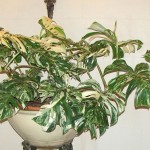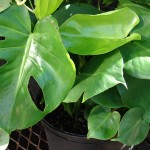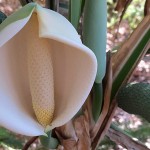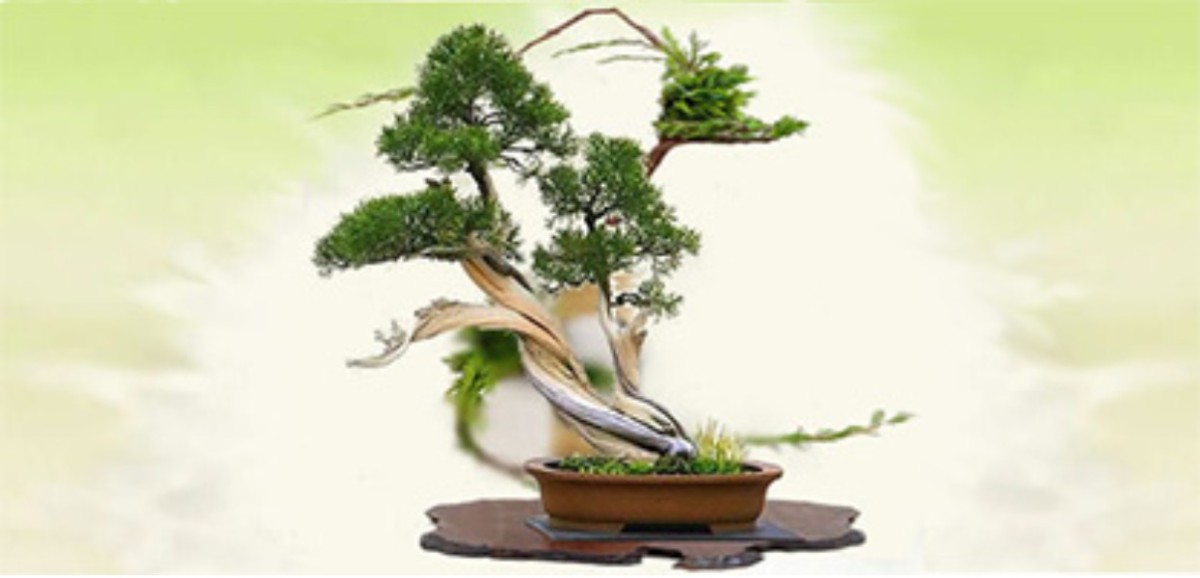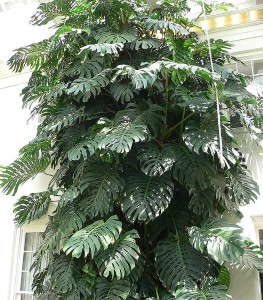Family: Araceae
Subfamily: Monsteroideae
Tribe: Monstereae
Synonymous: Monstera borsigiana
Monstera deliciosa var. borsigiana
Monstera deliciosa var. sierrana
Monstera lennea
Monstera tacanaensis
Philodendron anatomicum
Philodendron pertusum
Tornelia fragrans
Distribution and habitat: Monstera deliciosa is a species of flowering plant native to tropical rainforests of southern Mexico to southern Colombia. It has been introduced to many tropical areas and has become a mildly invasive species in Hawaii, Seychelles, Ascension Island and the Society Islands.
When growing in the wild, Monstera deliciosa climb up the trunks and along the branches of trees, climbing to the bark by means of thick aerial roots which not only anchor the plant to the tree but also help it to take up water and nutrients.
Wild seedlings grow towards the darkest area they can find until they find a tree trunk, then start to grow up towards the light, creeping up the tree.
Description: Monstera deliciosa is the most popular species as indoor plant within this genus. This member of the arum family Araceae is an epiphyte with aerial roots, able to grow up to 20m (65 feet) high with large, leathery, glossy, heart-shaped leaves 25 to 90cm (10-35 inch) long by 25 to 75cm (10-30 inch) broad.
Indoor, the shiny leaves of a mature Monstera deliciosa grow up to 45cm (18 inch) across, have 30cm (12 inch) long stalks and are basically heart-shaped, but deeply incised from the edges almost to the central vein and perforated in the remaining sections.This breaking up of the leaf area helps the wild plants to withstand high tropical winds - and perhaps explain the origin of one of their common names, Hurricane Plant.
Mature Monstera deliciosa with active aerial roots have the most attractive leaves, with the most pronounced incisions and holes. The leaves of young plants may be entirely unbroken. As they develop, they acquire the characteristic perforations and split edges.
The inflorescence which is rarely produced indoors, is a half oval creamy white spathe with a thick 25cm long spadix in the middle. The spadix develops into white , edible fruit that tastes something like pineapple.
Proper care: If treated well, Monstera deliciosa plants can grow very big - 3-5m (10-16 feet) tall and 2-3m (6-10 feet) across - and thrive indoors for years. Moss covered poles that simulate the bark of trees the plants climb on in the wild add considerably to the health of Monstera deliciosa grown indoors.
Train the aerial roots to moss-covered poles if these are used; if not, train them into the potting mixture. Keep the leaves clan by means of frequent sponging.
Light: Actively growing Monstera deliciosa do best in bright filtered light, but these plants may be placed in direct sunlight in winter. In an adequately lit position, the long leaf-stalks will become extended and the leaves smaller and somewhat less divided.
Temperature: Normal room temperatures are suitable for Monstera deliciosa plants. In temperatures above 21C (70F) in is a good idea to place pots on trays of damp pebbles for increased humidity. These plants need average to high humidity (at least 40% relative humidity).
Watering: Water sparingly, making the potting mixture barely moist and allowing the top third to dry out before watering again.
Feeding: Apply standard liquid fertiliser once every two weeks during the active growth period only.
Potting and repotting: Use a soil based potting mixture with addition of a one-third portion of coarse leaf mould. Move the Monstera deliciosa plants into pots which are one size larger each spring until maximum convenient pot size is reached. Thereafter, top-dress plants with fresh potting mixture annually.
Gardening: Monstera deliciosa plants grow very quickly and can easily take over a landscape if not pruned regularly. Snip branches and leaves by cutting them where they meet the stem without cutting into it. The best time for major pruning is during the spring when the plant is in a vigorous stage of growth. Light pruning can be done in spring, summer or fall.
Position: In their natural setting, Monstera deliciosa plants thrive in lightly shaded, humid conditions below the canopy of the tropical forest.
Soil: Monstera deliciosa grow best in high-pH, alkaline soils that drain well.
Irrigation: Monstera deliciosa plants do not like wet feet and will not grow in saturated ground. During dry periods these plants should be given about 3cm (1 inch) of water weekly.
Ferilising: Monstera deliciosa established in the landscape should not need much fertilizer. It can be applied a complete fertiliser containing nitrogen, phosphorus, potassium (N-P-K) and magnesium in spring and late summer.
Propagation: Home propagation is difficult because of the awkwardly large expanse of leaf and consequent high loss of moisture through transpiration. A tip cutting, including at least two leaves, will root in spring, however, if it is planted in a 10cm (4 inch) pot containing a moistened equal-parts mixture of peat moss and sand. Enclose the cutting in a plastic bag and keep it warm in bright filtered light. When new growth indicates that the cutting has rooted, repot it in the potting mixture recommended for adult plants and treat it as mature.
If it proves impracticable to root cuttings, Monstera deliciosa plants can be air layered - a reliable but slow method. Seed, too, will germinate easily in a warm room, but Monstera deliciosa plants grown from seed normally lack the attractive incised leaves for at least two years.
Problems:
It is quite easy for a Monstera deliciosa plant to start looking very untidy once it matures in size and age. Here are some potential problems and their possible causes:
Leaves yellowing: If Monstera deliciosa plant has quite a few leaves yellowing and they are wilting it is possible to be caused by over-watering it. If the plant is not suffering from over-watering than the yellowing leaves could mean the plant soil needs fertilizer.
Leaf tips and edges turning brown: Low humidity and dry air is the most common fault here, although a pot bound plant can have the same affect on a plant.
Leaves not forming slits or holes: This is usually due to lack of something which will be light, not enough water or not enough fertilizer. If the plant is tall then it is recommended to check if the aerial roots are in compost and if they are not then place the roots in soil or on a moist moss pole.
Indoor monstera plants may attract mites and scale insects.
Treatment: Spraying the plant with a diluted horticultural oil or soap can be an effective treatment.
Outdoor plants are not usually susceptible to mites and scales infestations, butgrasshoppers can cause serious damage to the foliage of Monstera deliciosa.
Monstera deliciosacan also develop bacterial diseases such as leaf spot and root rot.
Examine the plant periodically for signs of disease and use recommended recommended fungicide and destroy the affected leaves. Correct application and timing are critical.
Toxicity: The leaves of Monstera deliciosa plant are poisonous and can cause severe burning in the mouth if eaten. They can also cause skin irritation, so it is recommended wearing gloves when handling this plant.
Recommended varieties:
Monstera deliciosa 'Variegata' has leaves splashed with white or cream-coloured patches of irregular shapes and sizes.
Uses and display: Indoor Monstera deliciosa make dramatic plants whether they are young specimens with only three or four leaves or tall mature ones that need to be supported on stout canes or poles.
This climbing shrub is an ideal plant for a conservatory or large rooms, including a hotel or restaurant foyer.
SUMMARY:
CHARACTERISTICS:
Foliage green
Shape climbing and trailing
Height: 3-5m (10-16 feet)
Wide: 2-3m (6-10 feet)
PROPER CARE:
Watering in rest period sparingly
Watering in active growth period sparingly
Light bright filtered
Temperature in rest period min 16C max 24C (61-75F)
Temperature in active growth period min 16C max 24C (61-75F)
Humidity high
Hardiness zone: 10a-11
